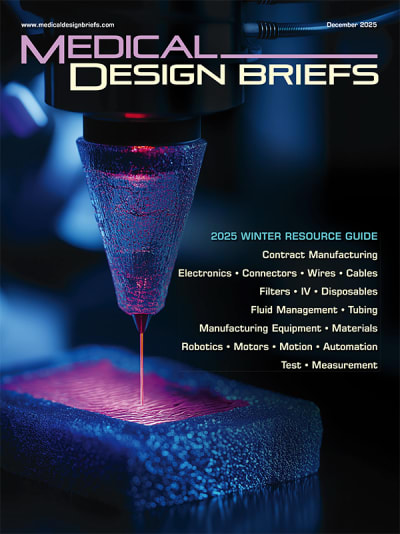
Growing older can bring both joy and hardship into our lives. Tasks that were once easy may become difficult as we age. However, with state-of-the-art technologies, the golden years can shine a bit brighter. New and developing medical advances are uncovered every day, with the goal of making life and aging better. These helpful tools and sophisticated medical devices can help support everyday tasks, as well as facilitate communication and care management.
With the use of assistive technology, people can see improvements in day-to-day function and experience a better quality of life. This is essential in our society, as the population is living longer. Recent studies show that the United States could see a population of 72 million people over the age of 65 in the next couple decades. Many of these people will require daily assistance at home to support recovery or management of chronic conditions.
Currently, there are 7.6 million people in the United States receiving in-home healthcare. These patients often require durable medical equipment (DME). This physician-prescribed type of equipment ranges from hospital beds and lifting chairs to oxygen equipment and sleep apnea devices.
DME is a part of assistive technology, which also includes assistive listening devices called frequency modulation systems. These innovative systems connect hearing aids to smartphones and other media for hearing-impaired peoples. Similarly, software applications can be interfaced with screens to magnify text and images.
We are already aware how beneficial walkers and fall detectors can be for seniors or other mobility-impaired demographics. Now, there are innovative ways to increase independence in the home beyond what we originally thought was possible. For example, voice recognition thermostats are ideal for people with mobility issues, along with video doorbells. As these digital and wireless technologies continues to advance and more devices become accessible, individuals who have speech, hearing and voice disorders are experiencing more meaningful communication with the people in their lives.
Another medical advancement that is increasing independence is smart prosthetics. Using advanced engineering, prosthetic limbs can now be built with pattern recognition and intuitive control technology to help limbs function more naturally. Similarly, specialists can use 3D-printed organs for transplant and create customized prostheses at much lower costs. Bioprinting is an exciting advancement that produces living tissues to assist in surgery, medical procedures, student training and scientific testing.
As technologies continue to advance and become seamlessly integrated into our lives, we can’t help but wonder what we’ll see next. To learn more about the technologies of today and tomorrow, please see the infographic above. The infographic was created by Coapt Engineering, an integrated prosthetics company.
This article was supplied by Coapt Engineering .



